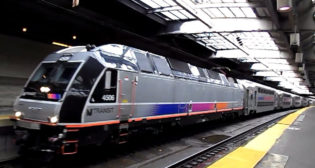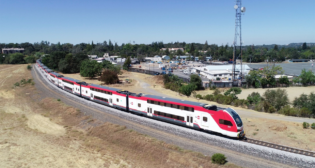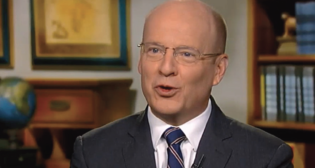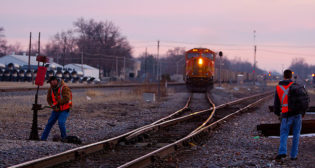
BLET Authorizes NJ Transit Strike
Members of the Brotherhood of Locomotive Engineers and Trainmen (BLET) of the Teamsters Rail Conference have voted to grant BLET National President Eddie Hall the authority to call a strike at New

Members of the Brotherhood of Locomotive Engineers and Trainmen (BLET) of the Teamsters Rail Conference have voted to grant BLET National President Eddie Hall the authority to call a strike at New

evo-rail teams with Alstom and Nomad Digital to bring rail-5G mmWave radio technology to Caltrain. Also, MTA Metro-North Railroad train inspectors could strike this fall; San Joaquin Regional Rail Commission (SJRRC) will receive $40 million from the California Transportation Commission (CTC) for a double-tracking project that has both freight and passenger rail benefits; and VIA Rail Canada is investing more than C$25 million on London, Ontario, station upgrades.

The National Mediation Board appoints Deirdre Hamilton as Chair; AECOM names Eduards Miska as Director of Engineering in British Columbia; and CSX Manager of Train Operations Donnie Moore recognized by Employer Support of the Guard & Reserve.

“Biden stabs unions and workers in the back,” shouted a headline describing rail labor’s reaction following the President’s Dec. 2 signing into law of a congressional resolution (H.J. Res. 100) imposing on

If tentative wages, benefits and work rules agreements reached between rail labor unions and most Class I railroads (and many smaller ones) fail to be ratified by union members in coming weeks, might leadership of those unions override a majority “no” vote and unilaterally impose the tentative agreement or, alternatively, submit it to binding arbitration rather than pursue further collective bargaining or authorize a strike?

Increasingly likely on Sept. 16, or shortly thereafter, is a rail labor strike or management lockout creating a nationwide rail shutdown that almost certainly will elicit from Congress back-to-work legislation and third-party determination of wage, benefits and work rules amendments to end this almost 33-month-old round of collective bargaining.

In a final effort to avoid a nationwide rail shutdown as early as Sept. 16, the National Mediation Board (NMB) has ordered railroad negotiators and the leadership of unions still at the bargaining table to return to Washington, D.C., Sept. 7 for an NMB-guided try at reaching tentative agreements on amending wage, benefits and work rules contracts.

Razors cut two ways, as is evident among Wall Street analysts who encourage share-price haircuts for railroads not lowering operating ratios, but themselves fear from railroads a different sort of trimming—loss of access to senior officers and financial data should these analysts have the audacity to suggest the likelihood of a nationwide rail shutdown.

Nearly 100% of Brotherhood of Locomotive Engineers and Trainmen members have voted in support of a nationwide strike, which BLET National President Dennis R. Pierce is calling “a showing of solidarity and unity.”

The heated rhetoric surrounding the impasse that national rail labor contract negotiations appears to have reached—and the threat of a strike leading to an economy-crippling rail network shutdown—shows little signs of cooling down.